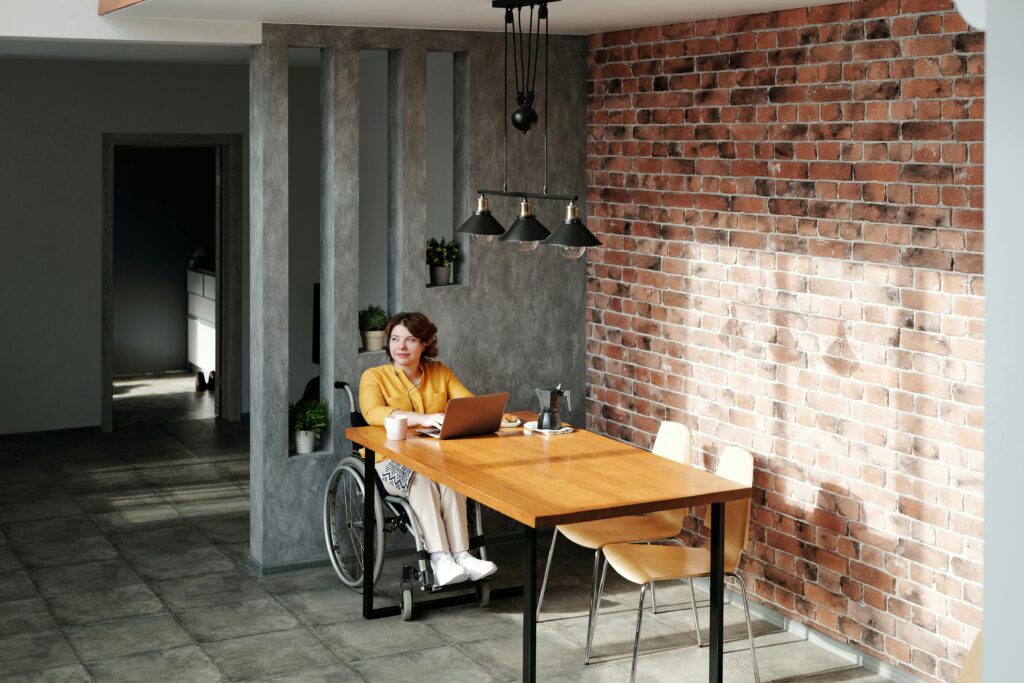According to Forbes, one in five workers is working remotely and 98% of workers want to work remotely at least some of the time.
Yet, despite the flexibility that hybrid and remote work offer, engagement is a major challenge. In fact, the 2023 State of Remote Work report by Buffer found that 27% of remote workers struggle with loneliness, and 16% have difficulty staying motivated. That’s a stark reminder that the freedom of working from home doesn’t automatically lead to a motivated and productive workforce.
For HR, this presents an ongoing struggle. Either you don’t have the time to keep the culture alive, maintain productivity, and foster collaboration because you’re sucked into the day-to-day, or a focus on engagement feels out of your comfort zone.
So, how do you solve a problem that seems to be built into the fabric of hybrid and remote work without much time, budget or expertise? Here’s a few solutions you might not have considered.
Engaging Hybrid And Remote Workers
Focus on Personalized Engagement, Not One-Size-Fits-All
It’s tempting to roll out blanket engagement initiatives, but let’s face it—what works for one employee might feel irrelevant to another. Remote and hybrid employees have different needs, so offering personalized engagement plans can make a world of difference.
Start by offering flexible engagement tools. Maybe some employees thrive in weekly video meetings, while others would rather engage through project management tools. Engagement happens when people feel seen and heard.
Create a Culture of Feedback, In addition to Surveys
Are your employees tired of filling out surveys that seem to go nowhere? Create an ongoing culture of feedback, where input is encouraged in real-time and acted upon quickly.
Regular pulse checks, team retrospectives, and anonymous suggestion platforms can create an environment where employees feel their voices matter. It shows employees that their feedback isn’t just collected, it’s valued.
And, go beyond the cookie cutter engagement survey, it only shows you a fraction of what you need to know. Our more comprehensive survey, for example, assesses the five dimensions of culture which provides more actionable insights and a clear path forward.
Shift the Focus from Work-Life Balance to Work-Life Integration
The line between work and home life has never been blurrier for remote and hybrid workers. The old model of work-life balance suggests a separation that, quite frankly, doesn’t exist anymore. (I’m not sure it ever did! We’ve always talked about work in our personal time, and talked about personal stuff at work.)
It’s time to embrace work-life integration. Encourage employees to block off time for personal priorities during their workday, whether it’s attending a yoga class or picking up the kids from school.
Foster Informal Communication—Yes, Even in Remote Settings
One of the biggest losses in hybrid and remote work is the spontaneous watercooler chat. These informal interactions foster creativity and connection in ways that formal meetings simply can’t. However, remote work doesn’t have to kill informal communication.
You can recreate these moments through virtual coffee breaks, team Slack channels dedicated to non-work topics, or even casual “ask me anything” sessions with leadership. This shows employees that the organization values human connection beyond the job description.
Promote a ‘Culture Buddy’ System
The buddy system isn’t just for onboarding. Implementing a culture buddy system, where employees are paired to connect regularly, can bridge the gap between hybrid and remote workers.
Unlike a mentorship program, this isn’t about professional development—it’s about fostering relationships and reducing feelings of isolation. Encourage these pairs to chat over coffee, collaborate on a project, or even vent about shared struggles.
Hybrid and Remote Work is Here to Stay
The reality is, hybrid and remote work aren’t going anywhere. As HR professionals, you carry the burden of engaging a workforce that is more disconnected than ever before. But by following these tips, you can build a thriving, engaged team—regardless of where they are.
Civility Partners specializes in creating customized strategies to keep your hybrid and remote employees engaged, productive, and connected. Whether you need to audit your current culture, implement effective engagement initiatives, or foster a healthier virtual environment, we’ll help you build a workplace where every employee feels seen, valued, and part of something bigger.



